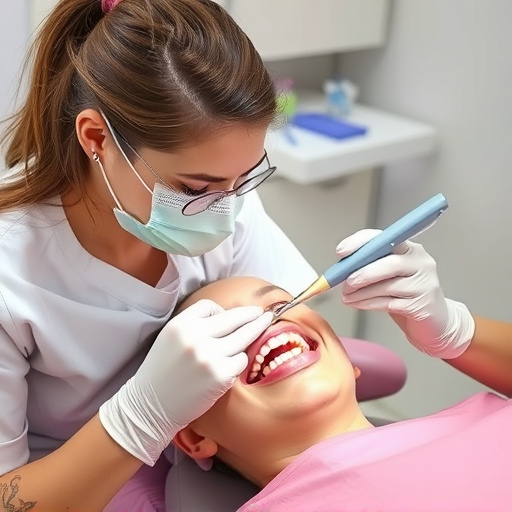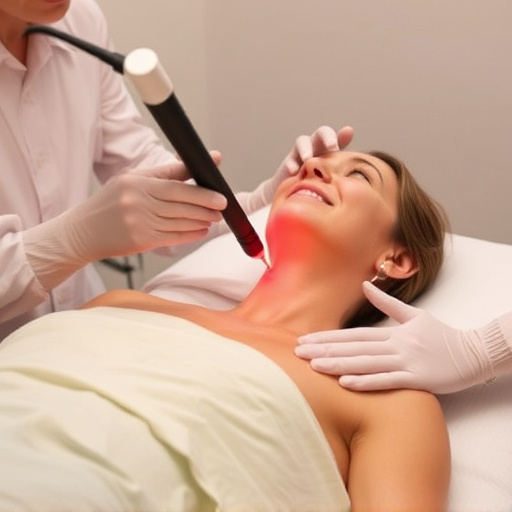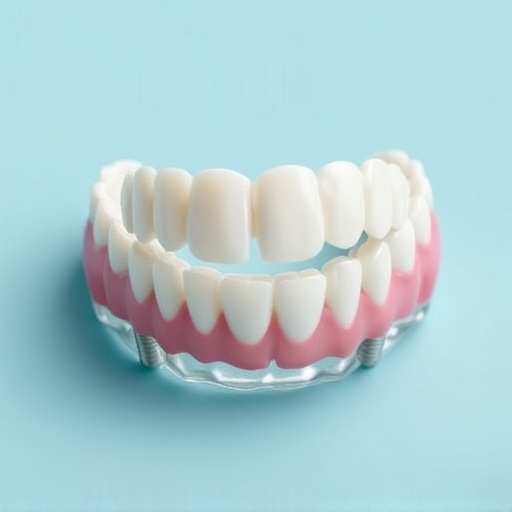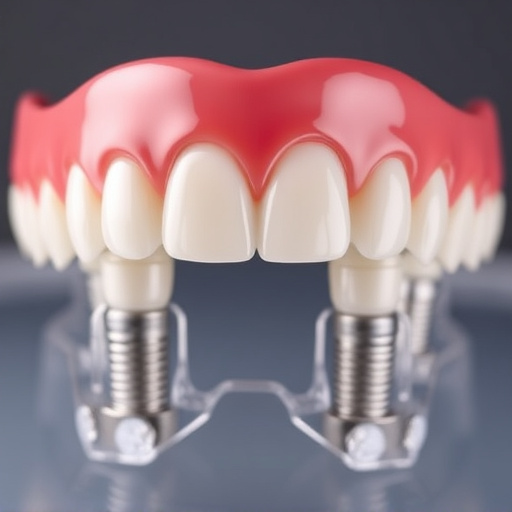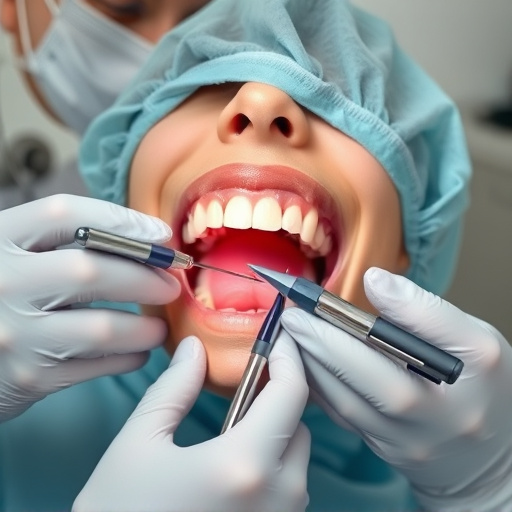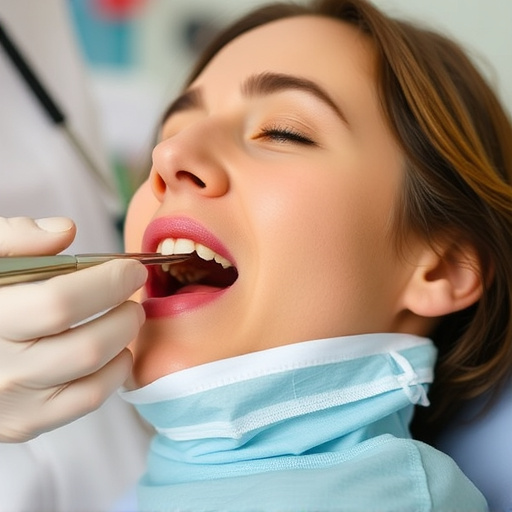Oral cancer screening, conducted by trained dental professionals during routine cleanings, is a non-invasive method to detect abnormal growths early. This simple process uses visual and tactile exams, sometimes with advanced tools, to identify subtle tissue changes long before they're visible. Early detection through regular screenings significantly improves survival rates by enabling timely treatment, which increases remission chances and prevents disease progression.
Oral cancer screening is a powerful tool that can significantly enhance your chances of survival. Early detection plays a crucial role in effectively treating this disease. This article delves into the importance of oral cancer screening, explaining how the process works and highlighting the impressive survival rates associated with timely intervention. By understanding these key aspects, individuals can take proactive steps towards better oral health outcomes.
- Understanding the Importance of Early Detection
- The Process: How Oral Cancer Screening Works
- Survival Rates: The Impact of Timely Intervention
Understanding the Importance of Early Detection
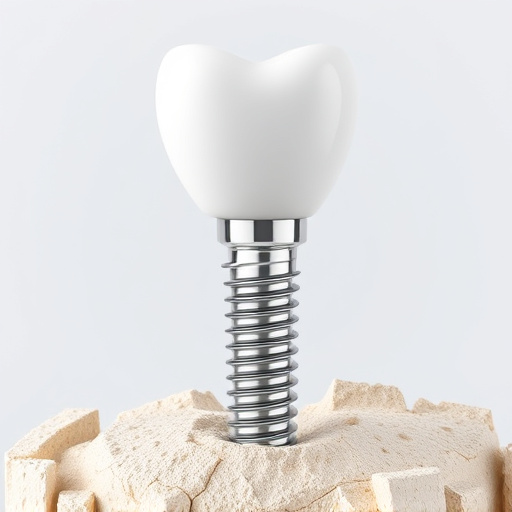
Early detection is a cornerstone of successful cancer treatment, and oral cancer screening plays a vital role in this regard. When it comes to oral cancer, catching it at an early stage can significantly improve survival rates. The process involves a thorough examination by trained dental professionals who are adept at identifying subtle changes in the mouth that might indicate cancerous growths. This proactive approach is crucial as it enables prompt action and treatment, which can be life-saving.
Regular oral cancer screenings, often incorporated into routine dental cleanings and checkups, serve as a protective measure. General dentistry practices emphasize these screenings because they are non-invasive and can detect potential issues before they become severe. By staying vigilant and undergoing frequent assessments, individuals can ensure that any abnormalities are addressed promptly, leading to better outcomes in the event of an oral cancer diagnosis.
The Process: How Oral Cancer Screening Works
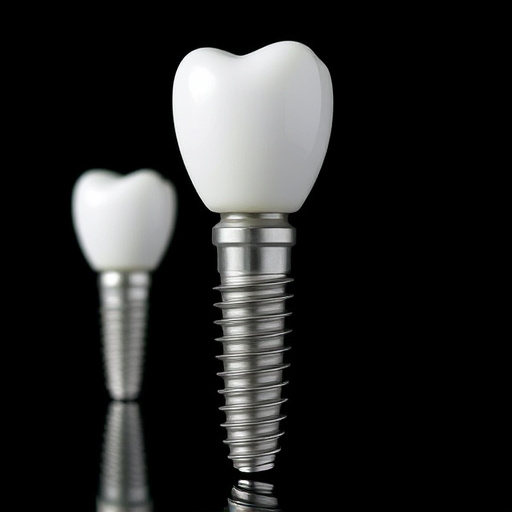
Oral cancer screening is a straightforward process that plays a vital role in early detection and improving survival rates. During a typical oral cancer screening, a dental professional carefully examines your mouth for any signs of abnormal growths or lesions. They will look for visual cues such as discolored patches, sores, or lumps, which could indicate potential cancerous cells. This examination often includes the use of specialized tools to inspect hard-to-reach areas, ensuring no overlooked spots.
The process is non-invasive and typically involves a combination of visual inspection and tactile examination. In some cases, dental practitioners may utilize advanced technologies like VELscope or oral cancer lights to highlight abnormalities. Early detection through regular screenings is crucial as it allows for prompt diagnosis and treatment, often improving the chances of successful removal and minimizing the need for extensive procedures like wisdom tooth removal or dental implants. Even clear aligners, which are increasingly popular, can be part of a comprehensive oral health routine, contributing to overall mouth health and peace of mind.
Survival Rates: The Impact of Timely Intervention
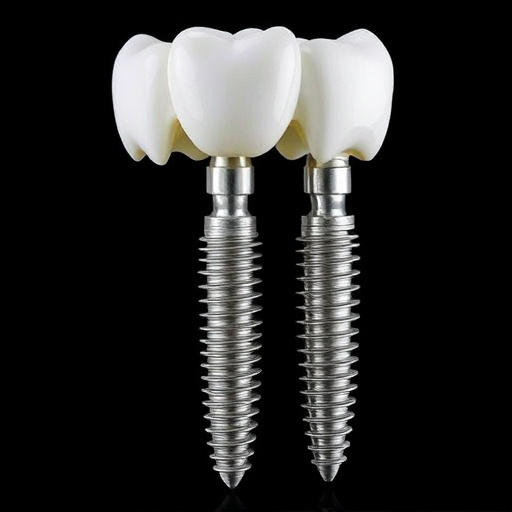
Early detection plays a pivotal role in enhancing survival rates for oral cancer patients. Regular oral cancer screenings are akin to having a powerful tool that can uncover subtle changes in the mouth’s tissues long before they become noticeable to the naked eye. This proactive approach allows for timely intervention, which significantly improves outcomes.
When oral cancer is detected early, the chances of successful treatment and long-term survival increase dramatically. Studies show that patients who receive prompt treatment have a higher likelihood of achieving remission and avoiding advanced stages of the disease. Moreover, preventive dentistry measures like routine checkups, proper oral hygiene, and even wisdom tooth removal (when necessary) can contribute to reducing the risk factors associated with oral cancer, further emphasizing the importance of regular screenings in maintaining overall oral health and well-being.
Early detection through oral cancer screening is a powerful tool in improving survival rates. By identifying potential risks and anomalies, screenings can lead to timely interventions, enhancing the chances of successful treatment and recovery. This simple yet effective process plays a pivotal role in navigating the complex landscape of oral cancer, ultimately saving lives. Embrace the power of oral cancer screening to safeguard your health and peace of mind.






